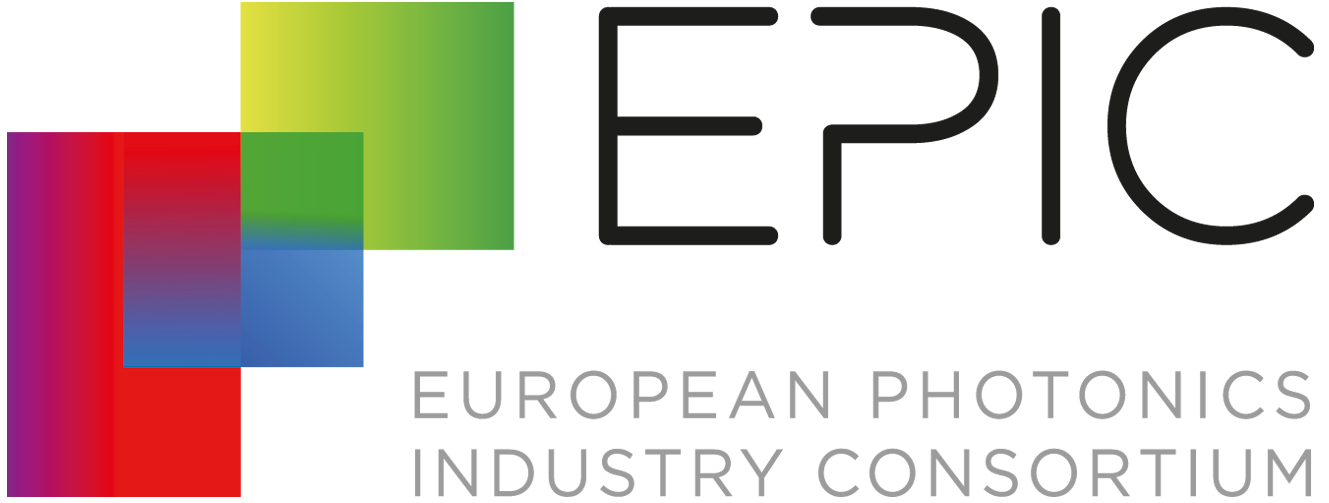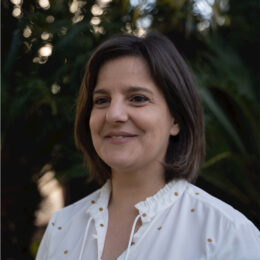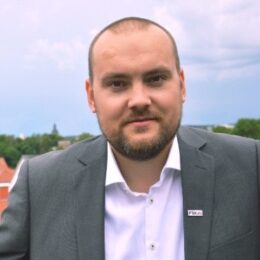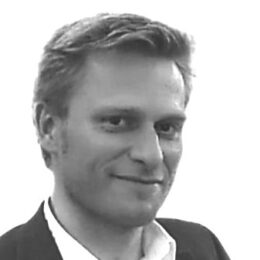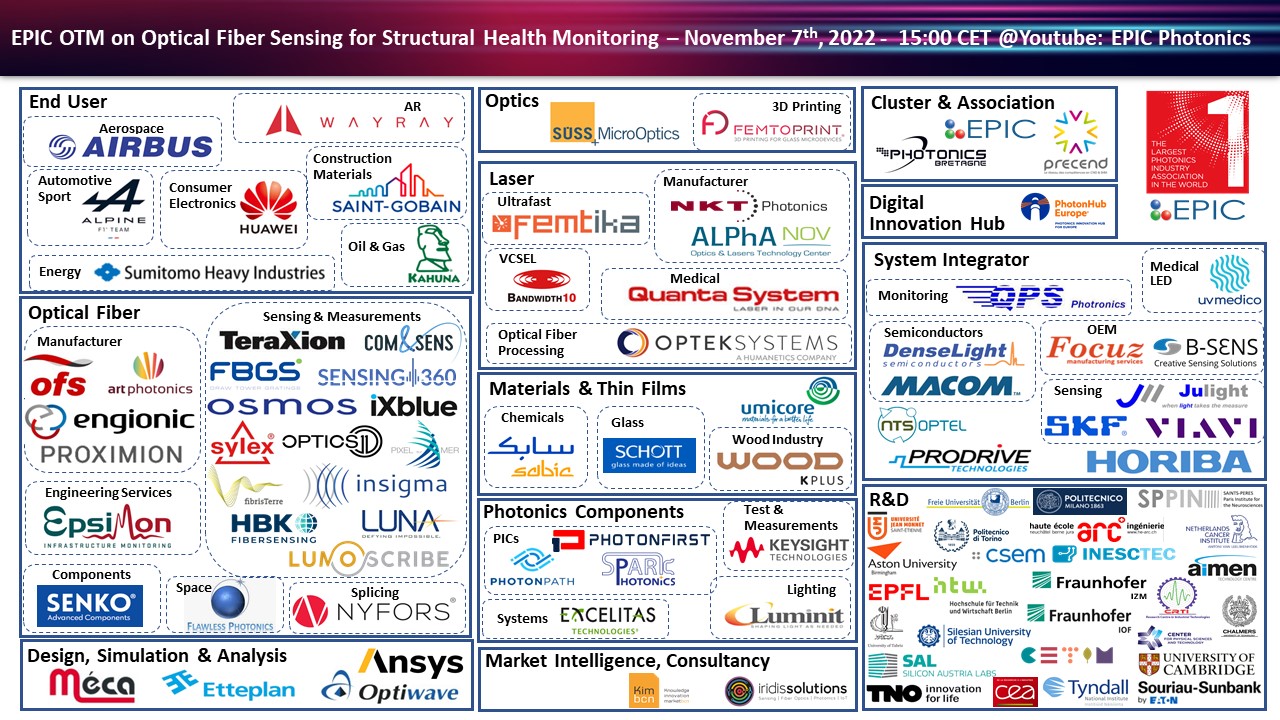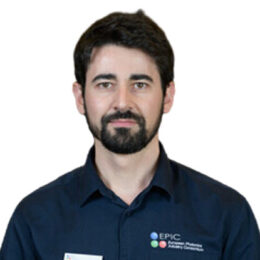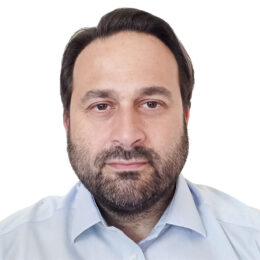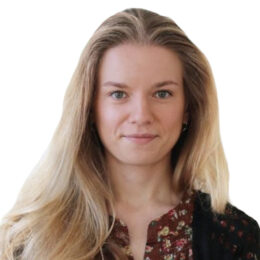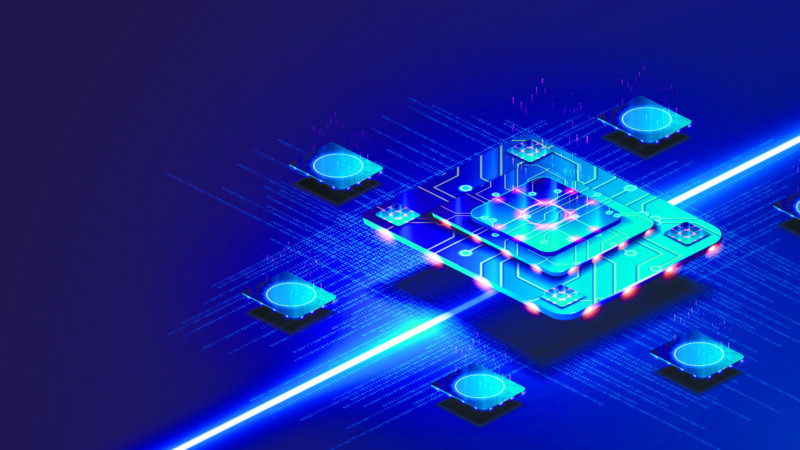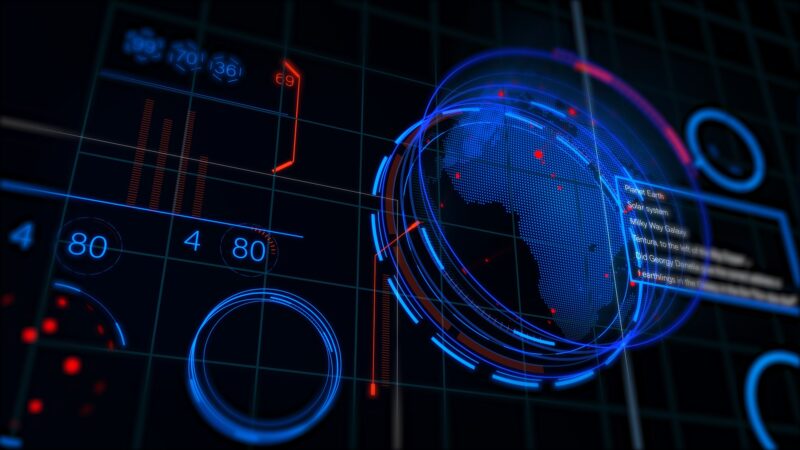Optical fiber sensors use the physical properties of light as it travels along a fiber to detect variations in several parameters. In contrast to conventional measuring instruments, e.g. electrical sensors, fibre optic sensors are resistant to electromagnetic interference and are robust so that they can withstand harsh environments. Moreover, due to the low light attenuation of optical glass fibres they can be multiplexed and interrogated over several kilometres. These systems allow to monitor the temperature, strain and other critical parameters on different structures. In this meeting, we will give an overview of the market and applications, as well as future development of this field, and have a look of the requirement from the end users to increase the monitoring efficiency.
